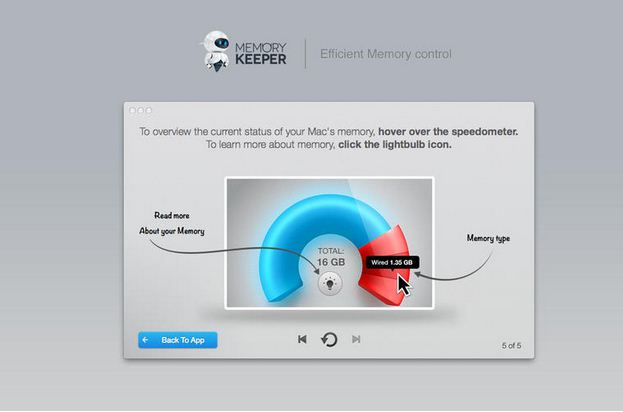

You’ll also see figures for App Memory, Wired Memory and Compressed. If it’s showing “red” most of the time when you’re using your standard app suite, perhaps it’s time to consider getting more RAM. A graph at the bottom of the window shows “Memory Pressure”, an indication of just how RAM is being used on your Mac. For our purposes, the Memory tab is the most useful. Launch Activity Monitor to see detailed information about each process and app that are running on your Mac:Īctivity Monitor is a useful utility for seeing how your memory is being utilizedĪt the top of the Activity Monitor window are tabs: CPU, Memory, Energy, Disk, and Network. Not sure what app is chewing up RAM and slowing down your Mac? Activity Monitor, found in Applications > Utilities, is your go-to utility for seeing just how much RAM is being used or if one app is hogging all of the resources on your machine. Unfortunately, it seems like many of the low-RAM issues occur right at the time you least want to restart your computer! If that’s the case, try this next tip.
MAC FREE MEMORY MAC
Restarting your Mac empties RAM except for essential operating system functions, and also deletes any disk caches that have been created in order to free up RAM by moving information to disk storage. You know how that IT staff at your workplace always tells you to “restart your computer” when you have issues? There’s a reason for that: a lot of the time, a simple restart will resolve many issues. When you start experiencing the symptoms of “RAM cram”, here are some quick ways to free up memory and resolve the issues. The rest of us using productivity apps - Apple or Microsoft - should find 8 or 16GB to be plenty.
MAC FREE MEMORY PRO
Pro users often find that they need 32, 64, or even 128GB of RAM to run power-hungry photo and video editing apps. The rare, but annoying “Your system has run out of application memory” error messageīelieve it or not, the 8 or 16GB available in the M1 Macs is enough for most users.A lag when typing, the situation where you are typing faster than your Mac can handle the input.Performance issues - things just taking forever to complete.The infamous “spinning beach ball” during regular operation.That disk-swapping really slows down your Mac! Here are the symptoms that can tell you that you need to free up RAM: If you see any of the following things happening, chances are good that your Mac is swapping out items in RAM to storage (hard disk or SSD). The symptoms of not having enough RAM available are fairly clear.
MAC FREE MEMORY HOW TO
Let’s take a quick look at how to free up RAM on your Mac. Today’s apps love lots of RAM, so you may find yourself in a bind while running pro applications. One of the complaints about the new M1 Macs with their unified memory (built into the M1 system-on-chip) is that up to this point, it’s only possible to specify 8 or 16GB (gigabytes) of RAM. Having enough RAM (random access memory) in your Mac has been an issue since the days when the first Mac shipped with 128K (kilobytes!) of memory.


 0 kommentar(er)
0 kommentar(er)
